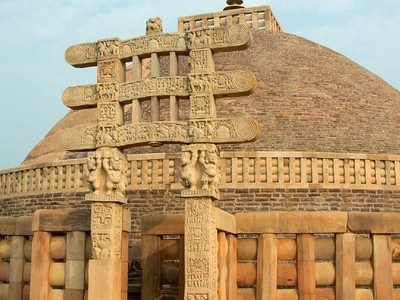Places to Visit in Indore
Steeped in royal heritage and culinary fame, Indore – the vibrant heart of Madhya Pradesh – blends history, spirituality, and modern energy. Discover grand palaces, ancient temples, and bustling food streets among the top attractions in this dynamic city. From the majestic Rajwada Palace to the serene Khajrana Ganesh Temple, Indore offers a captivating mix of cultural landmarks and unforgettable experiences for every traveler.
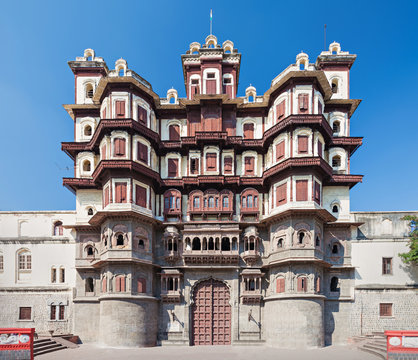
Rajwada Palace
The historic Rajwada Palace stands as Indore’s most iconic landmark. This 7-story Maratha palace showcases a blend of Mughal and French architectural styles. Built by Holkar rulers in the 18th century, it features grand courtyards and intricate carvings.
The palace survived multiple fires, with only its front facade remaining original. Today, it serves as a museum showcasing Holkar dynasty artifacts.
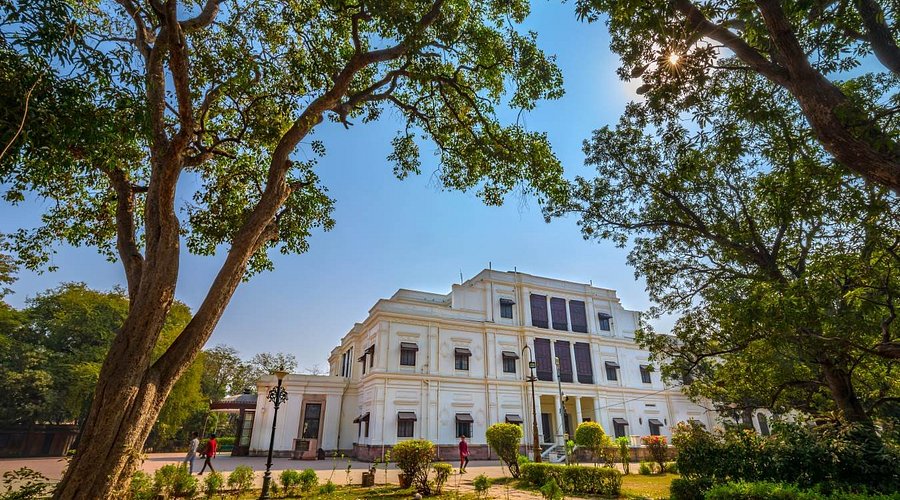
Lal Bagh Palace
A grand royal residence showcasing Indo-European elegance.

Kanch Mandir
A unique Jain temple entirely adorned with glass and mirrors.
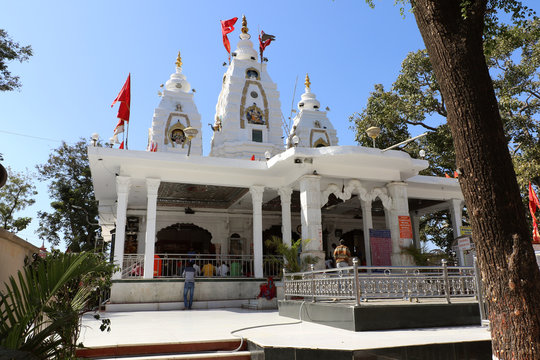
Khajrana Ganesh Temple
A revered shrine dedicated to Lord Ganesha.

Patalpani Waterfall
A scenic waterfall surrounded by lush greenery.

Ralamandal Wildlife Sanctuary
Spread over 5 sq km, Ralamandal is Indore’s nearest wildlife retreat. The sanctuary houses deer, leopards, and various bird species in their natural habitat. Visitors can enjoy nature trails, a watchtower, and peaceful jungle walks.
It’s particularly popular for morning hikes and weekend picnics. The sanctuary also features an ancient Shiva temple within its premises.

Chappan Dukan
A famous food street offering Indore’s best street food.

Annapurna Temple
A beautifully carved temple dedicated to Goddess Annapurna.

Central Museum
A treasure trove of ancient artifacts and sculptures.

Gomatgiri
A serene Jain pilgrimage site with a 21-foot Gomateshwara statue.

Bada Ganpati
Bada Ganpati temple houses one of the world’s largest Ganesha idols at 25 feet tall. The colorful idol is made from an unusual mix of materials including bricks, limestone and precious stones. Established in 1875, the temple attracts devotees year-round.
Its unique architecture features vibrant frescoes depicting Hindu mythology. The temple is especially crowded during Ganesh Chaturthi celebrations.

Indore White Church
The colonial-era Christ Church is known for its striking white Gothic architecture. Built in 1858, it features beautiful stained glass windows and a peaceful ambiance.
The church compound includes well-maintained gardens and old British-era graves. It remains an active place of worship with regular Sunday services. The white facade makes it particularly photogenic at sunset.
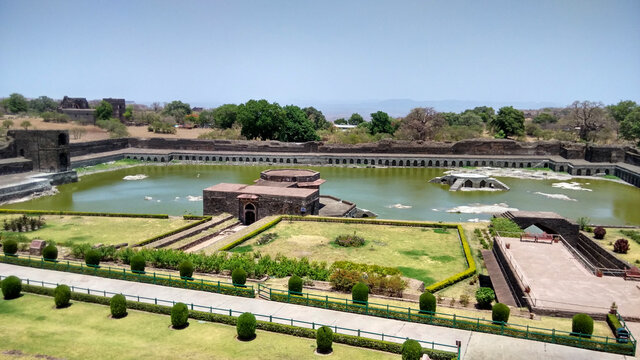
Mandu
The historic fort city of Mandu boasts magnificent Afghan architecture. Key attractions include Jahaz Mahal, Hindola Mahal, and Baz Bahadur’s Palace. The romantic legend of Rani Roopmati and Baz Bahadur adds to its charm.
Spread over a vast area, it offers stunning views of the Malwa plateau. The monsoon season transforms Mandu into a lush green paradise.
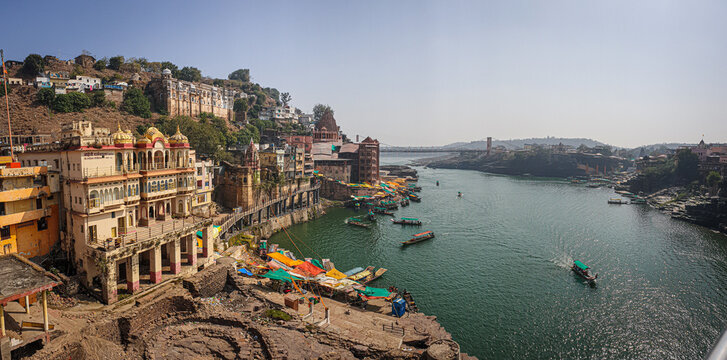
Omkareshwar
A sacred island temple dedicated to Lord Shiva on the Narmada.
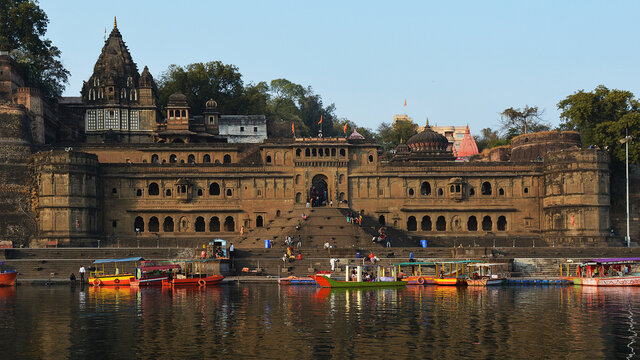
Maheshwar
A riverside town famous for its ghats, fort, and handwoven sarees.
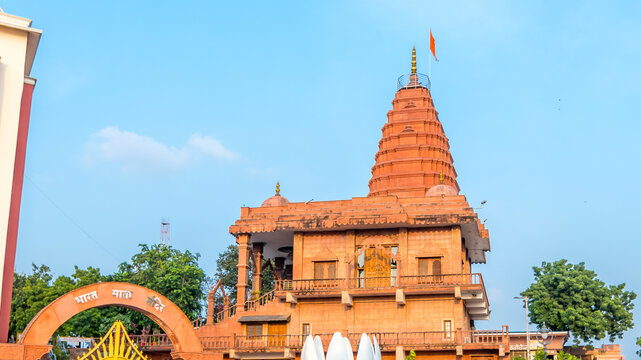
Ujjain
An ancient spiritual city with the Mahakaleshwar Jyotirlinga temple.

Patalpani
A picturesque waterfall near Mhow.

Sailana
This quaint town is famous for its beautiful cactus garden with 1200+ species. The Sailana Palace showcases a mix of Rajput and European architecture. Known as the “Land of Dilwara Temples,” it has several ancient Jain shrines.
The town offers peaceful countryside vibes away from city crowds. Its royal kitchen is renowned for traditional Malwa cuisine.

Tincha Falls
A stunning waterfall near Indore, perfect for a short getaway.

Janapav Kuti
A scenic hilltop believed to be the birthplace of Lord Parshuram.

Bhawani Mandi
A hidden gem with beautiful landscapes and waterfalls.
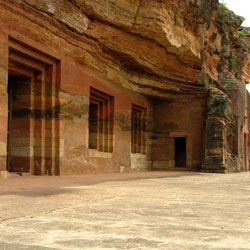
Dhar
Dhar’s massive 14th-century fort dominates the city’s landscape. The town was once capital of the Paramara dynasty and later the Malwa Sultanate. Key attractions include the Lat Masjid and Bhoj Shala temple complex.
The nearby Bagh Caves showcase exquisite ancient Buddhist paintings. Dhar remains an important cultural center of the Malwa region.

Bagh Caves
These 5th-century Buddhist rock-cut caves feature exquisite mural paintings. Located along the Baghini river, they represent India’s ancient artistic heritage. The caves served as monsoon retreats for Buddhist monks.
Though only 9 caves remain, their frescoes rival Ajanta’s in quality. The natural pigments used have remarkably withstood centuries of weathering.

